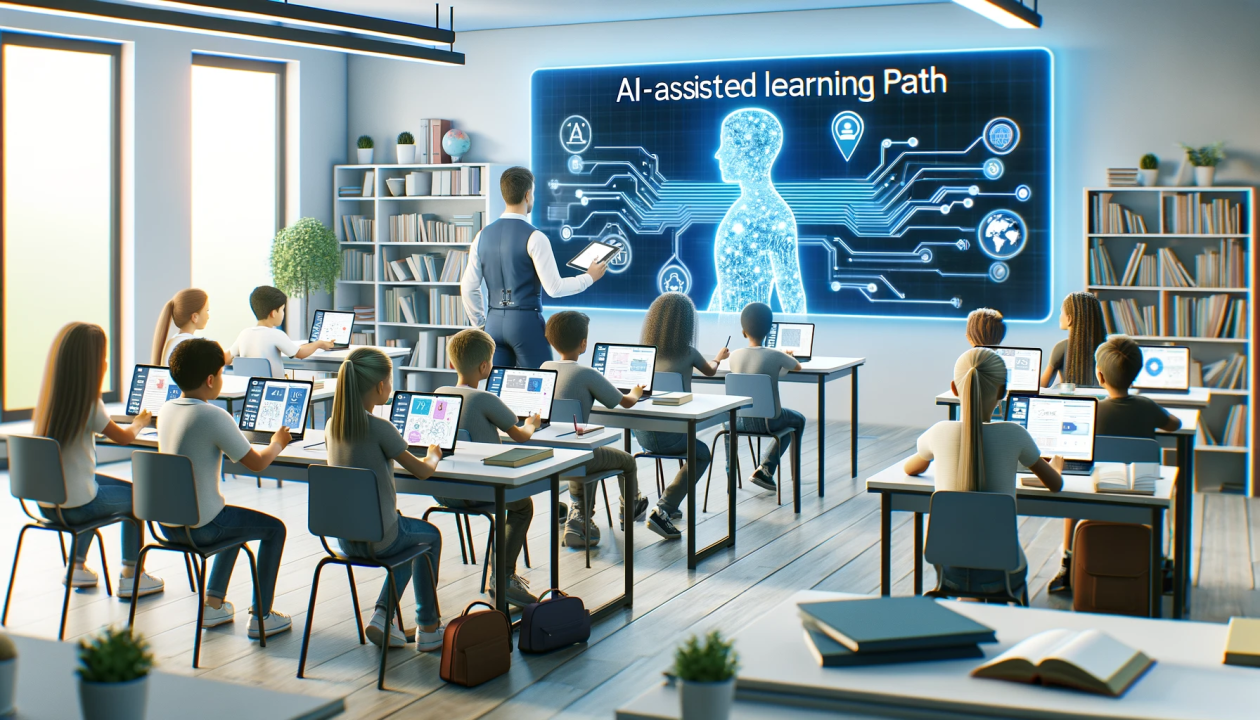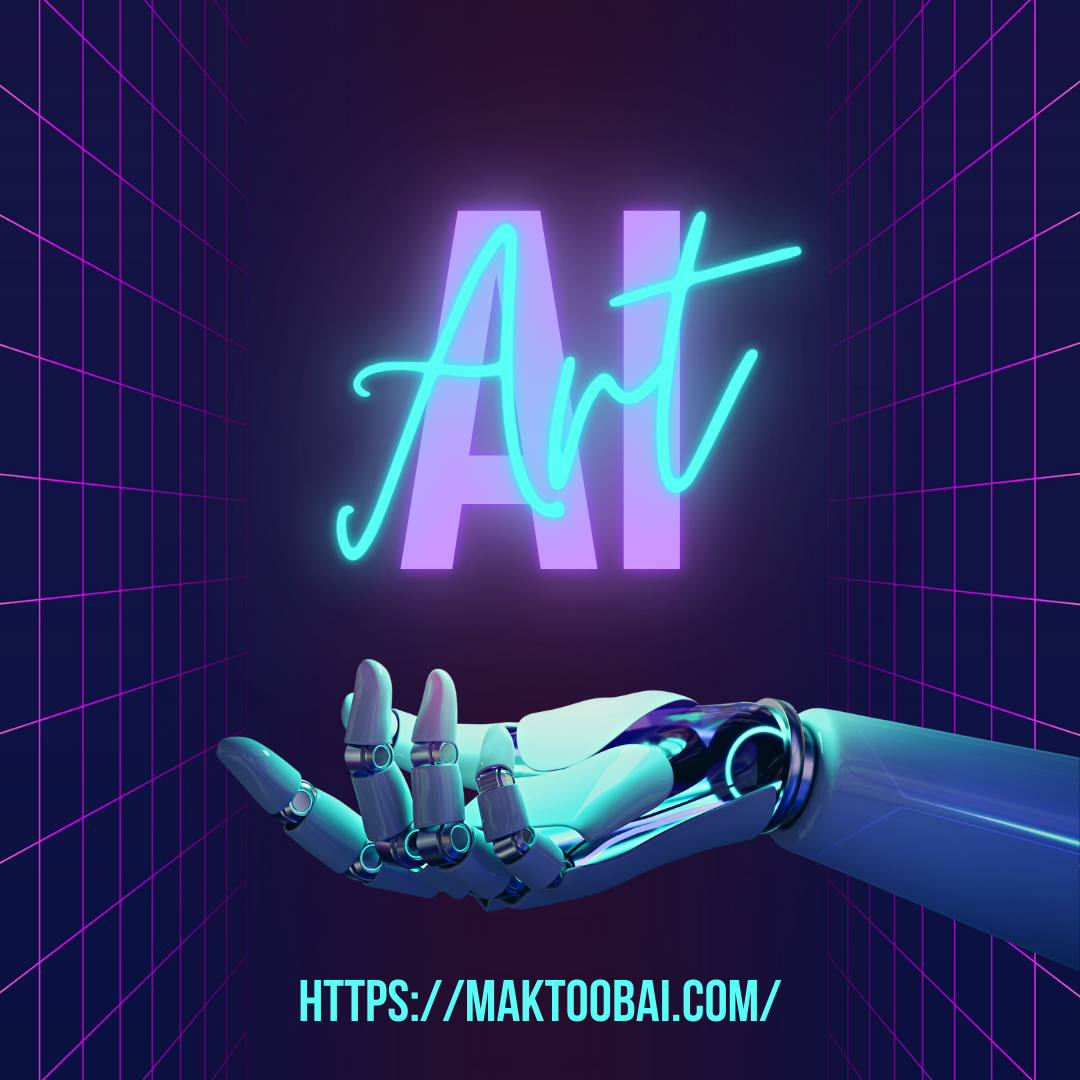Artificial intelligence (AI) is rapidly transforming classrooms worldwide, shifting the paradigm from traditional teaching methods to more tech-driven, personalized approaches. While traditional teaching has been the bedrock of education for centuries, AI is introducing new ways of learning, assessing, and interacting in educational environments. This article explores the key differences between AI-driven education and traditional teaching, highlighting what’s changing in the classroom.
1. Personalized Learning vs One-Size-Fits-All Approach
In traditional classrooms, teachers often rely on a standardized curriculum that aims to cater to all students, regardless of their individual learning styles or pace. While teachers try to address diverse needs, it’s challenging to give each student the personalized attention they may require.
AI, on the other hand, excels at creating personalized learning experiences. AI-powered platforms like Knewton and Carnegie Learning adapt lessons to suit the pace and learning style of each student. By analyzing student data in real-time, AI systems can offer tailored recommendations, adjust lesson difficulty, and provide targeted feedback. This level of customization is difficult to achieve in traditional settings due to time constraints and limited resources.
What’s changing?
AI is enabling a more individualized approach to education, ensuring that students receive instruction that caters to their specific needs, learning habits, and knowledge gaps.
2. Automated Assessments vs Manual Grading
One of the time-consuming tasks in traditional teaching is grading assignments and exams. Teachers must manually evaluate students’ work, which can be prone to biases and inconsistencies, particularly with subjective tasks like essays.
AI can automate many aspects of assessment. AI-powered tools like Gradescope can assess multiple-choice questions, coding assignments, and even essays with incredible speed and accuracy. These systems provide real-time feedback, allowing students to learn from their mistakes almost immediately.
What’s changing?
With AI taking over grading tasks, teachers can save time, eliminate grading biases, and provide quicker feedback, allowing them to focus more on teaching and student engagement.
3. 24/7 Availability vs Fixed Schedule
In a traditional classroom, learning is bound by time and space. Students receive instruction during scheduled classes, and access to help is often limited to school hours or specific office hours.
AI-driven platforms like Socratic by Google or Duolingo break these limitations by providing 24/7 access to learning resources. Students can access AI tutors at any time, receive help with difficult topics, and explore concepts at their own pace.
What’s changing?
AI offers continuous learning opportunities outside the classroom, making education more flexible and accessible. Students can learn whenever and wherever they need, without being constrained by a fixed schedule.
4. Interactive Learning vs Lecture-Based Teaching
Traditional classrooms often rely on lectures, where the teacher delivers content, and students passively receive information. While this method can be effective, it often lacks engagement and fails to accommodate different learning preferences.
AI enhances classroom interactivity. Through intelligent tutoring systems, gamification, and virtual simulations, AI encourages active learning. For instance, AI tools like Kahoot! gamify quizzes, making lessons more engaging and interactive, while virtual labs allow students to experiment and learn by doing.
What’s changing?
AI shifts the focus from passive learning to active participation, using tools that engage students through interactive exercises and real-time problem-solving.
5. Data-Driven Insights vs Teacher Intuition
In traditional teaching, much of the decision-making around student progress is based on teacher intuition and experience. While these are valuable skills, they can sometimes overlook subtle trends or patterns in a student’s learning behavior.
AI tools collect and analyze vast amounts of data on each student’s performance. Platforms like Civitas Learning use predictive analytics to identify students at risk of falling behind or dropping out. By leveraging this data, AI can provide insights that help teachers make more informed decisions about interventions, lesson planning, and classroom management.
What’s changing?
Data-driven insights offer teachers a more objective and comprehensive understanding of student progress, allowing for timely interventions and tailored support strategies.
6. AI Tutoring vs Teacher-Led Instruction
In traditional education, teachers serve as the primary source of knowledge and instruction. However, with AI, intelligent tutoring systems (ITS) can provide one-on-one instruction that mimics human tutoring. These AI tutors, such as those used in Smart Sparrow and Carnegie Learning, are available around the clock and can offer immediate feedback and tailored guidance.
While teachers remain critical, AI tutors can supplement instruction by providing additional support, particularly for students who need more help or prefer to learn at their own pace.
What’s changing?
AI tutors enhance the learning experience by offering continuous, personalized guidance that supplements traditional instruction. This allows teachers to focus more on creative and high-level educational tasks.
7. Increased Accessibility vs Limited Resources
Traditional classrooms, especially in underfunded regions, may struggle with providing adequate learning resources to all students. This inequality can impact the quality of education, with some students receiving better opportunities than others.
AI-driven tools like Microsoft’s Immersive Reader help bridge this gap by providing accessible learning solutions for students with disabilities or language barriers. AI-powered translation, text-to-speech, and speech-to-text tools make learning more inclusive, ensuring that students with different needs can access the same educational materials as their peers.
What’s changing?
AI is making education more accessible to diverse learners, including those with disabilities, language barriers, or learning difficulties, helping to create more equitable classrooms.
8. Blended Learning vs Traditional Classroom Learning
The traditional classroom is characterized by face-to-face interaction between teachers and students, while AI facilitates blended learning environments, where online and offline learning coexist.
Blended learning allows students to alternate between AI-driven self-study and in-person instruction. For instance, students might engage with online modules or AI tutors at home and then participate in classroom discussions or hands-on projects with their teachers. This hybrid model combines the best of both worlds, providing flexibility and personalized learning while retaining the human interaction that is crucial for social development.
What’s changing?
Blended learning environments offer students a mix of AI-powered online learning and traditional face-to-face education, making learning more flexible and adaptable to individual needs.
Conclusion
AI is reshaping the traditional classroom by introducing new methods of personalized learning, automating assessments, offering 24/7 access to education, and providing data-driven insights. While traditional teaching will always play a vital role in education, AI complements it by making learning more flexible, inclusive, and engaging. The future of education will likely be a blend of both approaches, where AI enhances the capabilities of educators, helping them deliver more impactful and tailored learning experiences.


